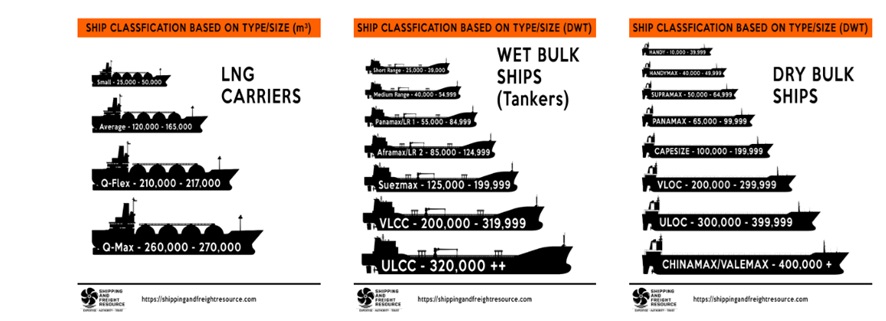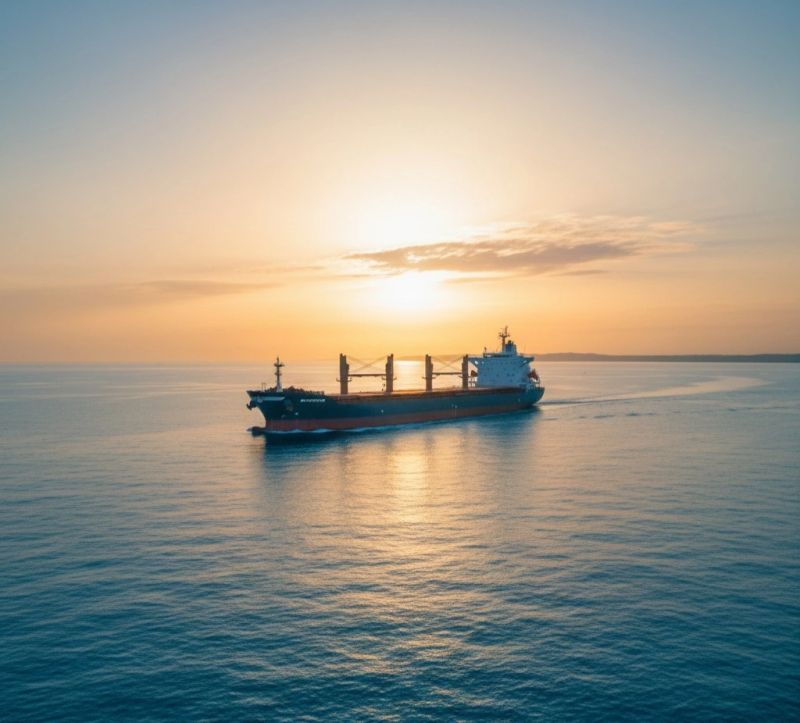
The Solomon Trader [2025] EWCA Civ 1387: The ‘pay to be paid’ rule affirmed in the Court of Appeal
The Court of Appeal handed down judgment on the long-awaited appeal in the case involving The Solomon Trader. This decision

A recent work carried out by UNCTAD, among others, showed the volume of the world fleet of merchant ships measured in terms of dead weight ( dead weight , in English, maximum cargo capacity of the ship, including merchandise, fuel, water, crew, passengers if applicable and equipment). It is interesting to observe how the largest volume of the world fleet corresponds to bulk carriers , which mainly transport minerals and grain across all seas, followed by oil tankers. General cargo has suffered a degradation process as a result of the specialization of the world merchant fleet: container ships that are growing spectacularly to third place, offshore-supply vessels (suppliers and auxiliaries of maritime prospecting platforms). The progressive growth of the fleet of vessels for the transport of natural gas or other types of liquefied gas is striking.
Also interesting is the progressive increase in the size of ships based on their dead weight (pm, dwt) and that of ships for transporting gas, in cubic meters. The 400,000 metric tons of dead weight are already a worrying reality from the point of view of sustainability and environmental risk. The larger the ship, the greater the risk of significant damage, as was the case with the EVERGIVEN, a container ship with 200,000 deadweight tons, capacity for 20,000 TEU and 400 meters in length, which on March 23, 2021 crossed into the Suez Canal and remained like this for a week, causing a major incident in maritime traffic from the East to Europe and vice versa.
Read the full article <here>

The Court of Appeal handed down judgment on the long-awaited appeal in the case involving The Solomon Trader. This decision

It’s not just a clean inspection report. It’s a statement of awareness, discipline, and operational integrity, granted to a vessel